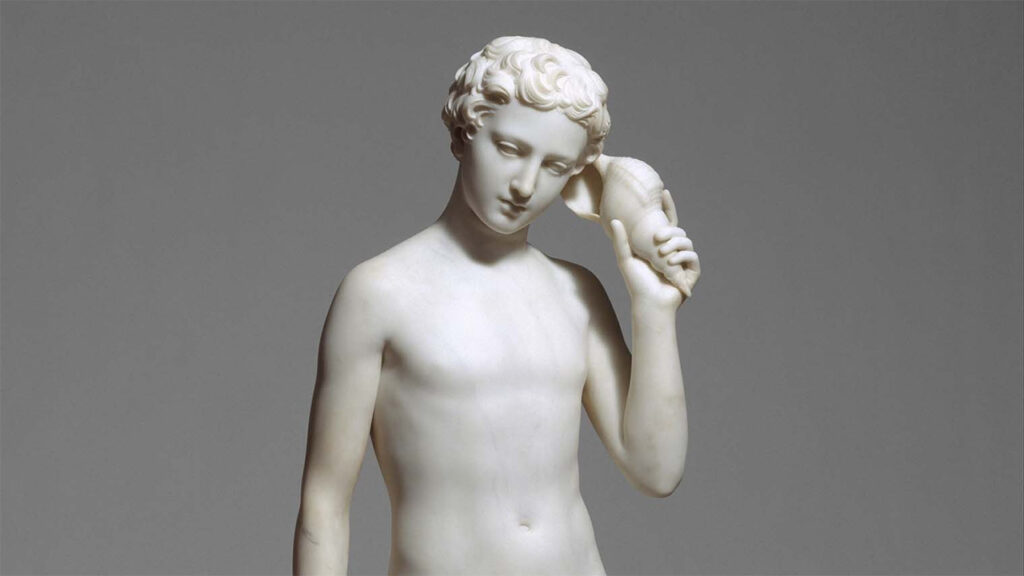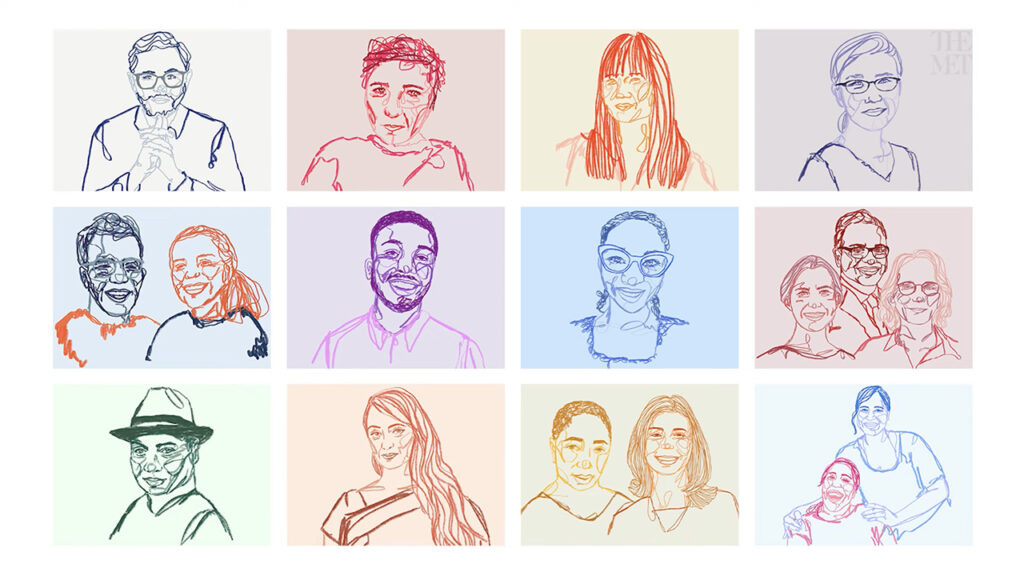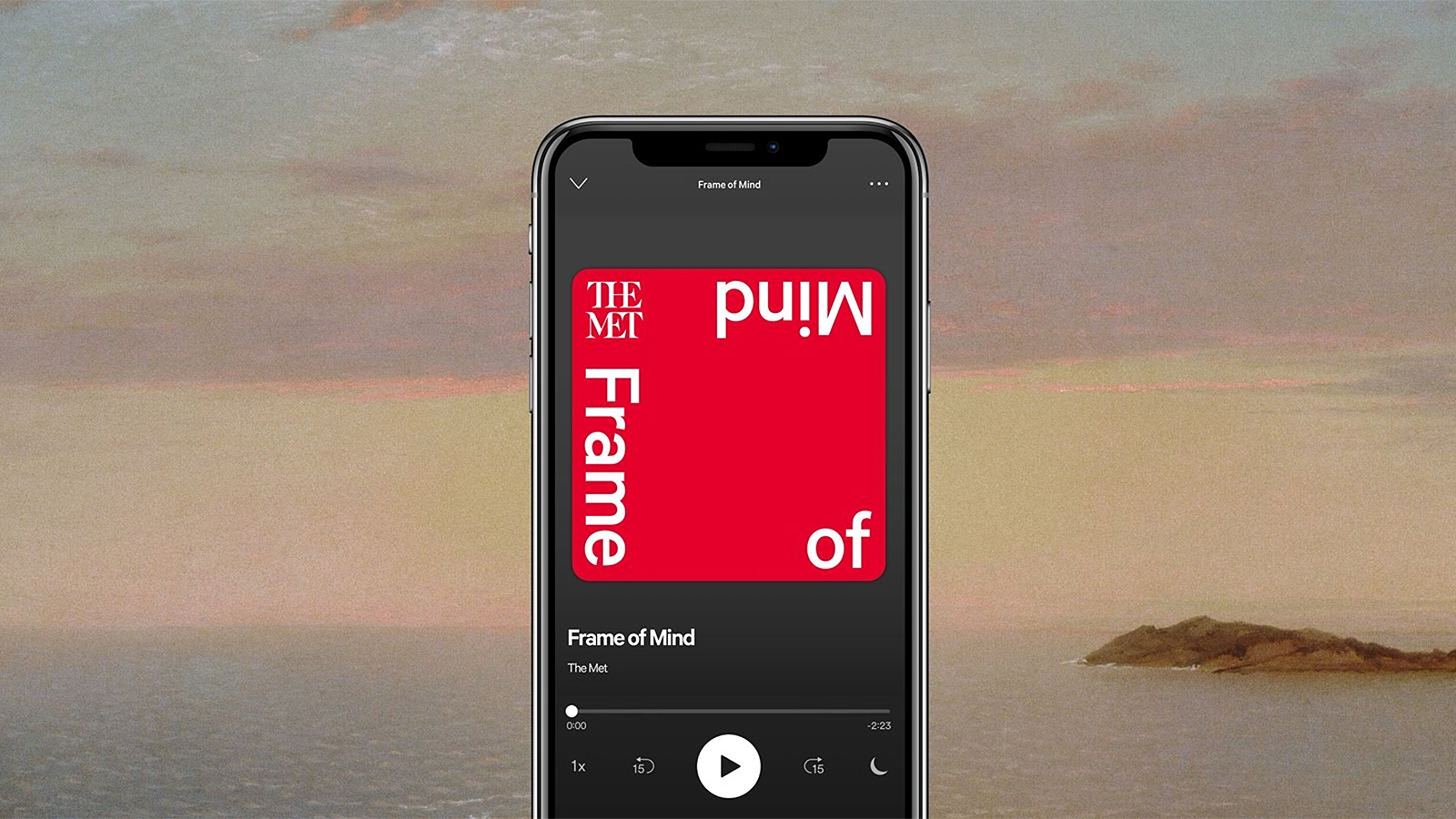The Metropolitan Museum of Art is the latest cultural institution to join the world of podcasting. In February, the museum announced it was launching two brand new series that will “explore art’s ability to connect, fascinate, and inspire us,” in part an attempt to lift us all out of the pandemic gloom.
But the Met is playing catch up. Many institutions across the globe have already entered the audio space, having more quickly pulled together podcast offerings in an attempt to keep audiences engaged while the pandemic made physical visits impossible. There are now so many museum and gallery podcasts there’s an argument to be made that the market is becoming saturated. So for the Met, the challenge has been to find a way to stand out and make an impact in an already-crowded space.
To achieve this, it looked away from the usual museum podcast tropes of simply highlighting the history of key objects in its collections, or interviewing curators. Instead, the institution found a unique angle that no other museum podcast was covering and looked to outside perspectives.

“The Met has a long history of producing audio tour content about art and we see podcasting as the natural extension of that work,” says Sofie Andersen, the museum’s Head of Digital Content and Editorial. “Fisher Boy” by Hiram Powers, 1857 / The Metropolitan Museum of Art
“We’ve chosen to launch our podcasts with a topic that has become so critical during the pandemic: wellness,” Sofie Andersen, the Head of Digital Content and Editorial at the Met, tells me. Debuted in February, Frame of Mind: An Art & Wellness Podcast, the first of the Met’s two new podcast series, has 12 weekly episodes documenting how art connects to individual and communal well-being.
Each episode is approximately 15-minutes long and follows a single story of how art has brought a sense of comfort or inspiration to a named individual. It’s an inspiring listen, with the first episode anchored by siblings Samy and Melina Anderson Gálvez who migrated separately to the United States from Guatemala as young children, but who stayed connected by sending each other 100 postcards featuring artworks from the Met.
Andersen agrees that well-being has become a well-trodden topic in the world of digital and museum content, but notes that its relationship to art is rarely examined and the Met is perfectly placed to start those conversations. “While there are plenty of wellness podcasts and apps,” she says, “none focus on how art can help you cope or perhaps transcend daily worries. These intimate stories are designed to leave you feeling connected, hopeful and inspired.”

The 12 episodes of Frame of Mind feature first-person accounts of how art can been a source of comfort, connection, and inspiration. Image: Frame of Mind trailer
The Met’s other new podcast series — called Immaterial and due to launch soon — also finds a unique spin. It takes a deep dive into the foundations of art by exploring the materials used to make it. While each episode does start with a seemingly simple story about an object in the Met’s collection and the material it’s made from, it expands into a journey across time and place, ambitiously diving into history, science, pop culture, and even into the metaphysical.
Big ambitions in audio, however, are not easily realized. Most museums, the Met included, don’t have the resources to produce a high-quality and unique podcast product fully in-house, as both content and production call for particular skills.
For Frame of Mind, the content required sourcing external participants and a strong editorial hand to sensitively navigate very personal stories. The Met therefore worked with respected audio agency Goat Rodeo to produce the podcast, and with the non-profit public media company Public Radio Exchange to distribute it (PRX also distributes a number of other US museum podcasts, including several from the Smithsonian). Of course, working with partners costs money, and the museum was able to secure the backing of Bloomberg Philanthropies and art collector Dasha Zhukova Niarchos to help fund the series.
The time, work, and money taken to launch its podcast series, the Met believes, ultimately benefits the museum’s mission and reach. “The Met’s mission is to connect people to art, people, and ideas,” Andersen says. “Part of how we do that is to meet people where they are [and] where they’re already finding their daily digital content. Podcasting platforms offer a huge marketplace.”
So far, she says, the response to Frame of Mind has been overwhelmingly positive and the institution is pleased with the engagement it’s seen. Does that mean the Met planning on creating more podcasts beyond these two series? “Yes,” says Andersen. “The Met has a long history of producing audio tour content about art and we see podcasting as the natural extension of that work and our ongoing commitment to sharing multiple narratives and reaching audiences where they are.” It sounds like the museum podcast space could soon get even more crowded.
Maxwell Blowfield has been working in press and communications in the museum sector for nearly a decade. He’s also the creator of the popular maxwell museums newsletter, which was named as one the 20 best cultural newsletters by Elephant magazine in 2021. Find him on Instagram, TikTok and Twitter @maxwellmuseums.



